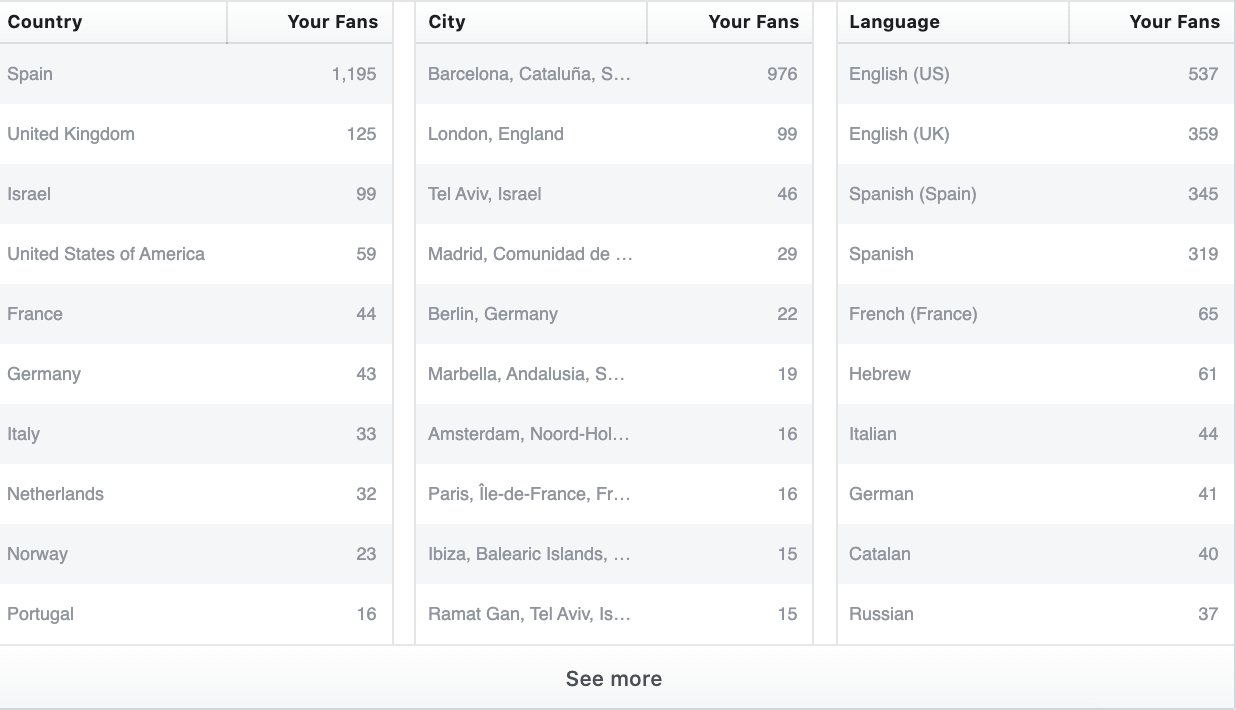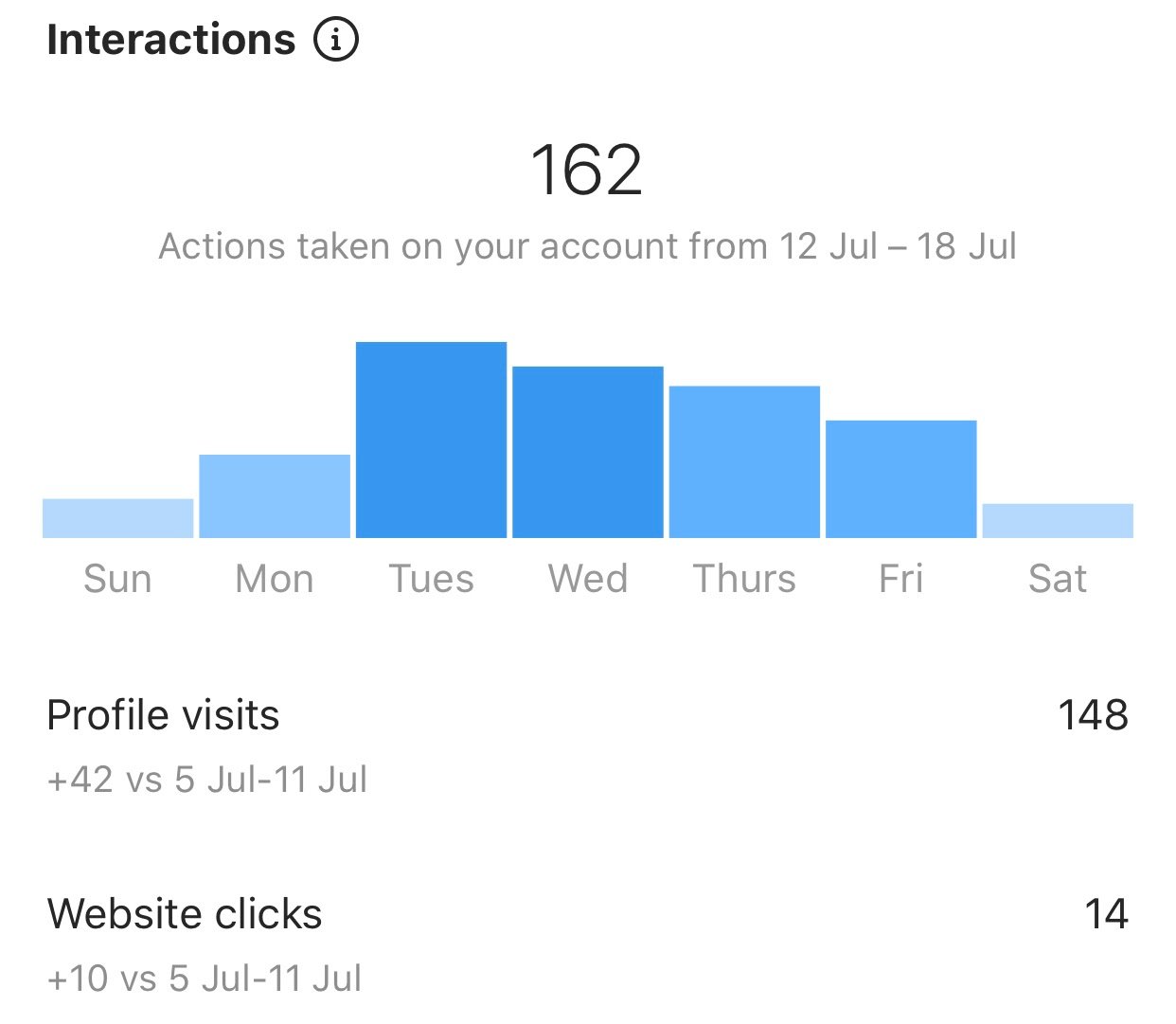How to Analyze Consumer Markets and Buyer Behavior on Social Media
Consumer markets and buyer behavior. Two key phrases that you’ve probably heard a lot in marketing; however, the chances are not so much in social media. Consumer markets and buyer behavior can teach your business a lot about the way customers are buying from you, and interacting with your brand. They can even suggest where to take your product growth in the future.
We’re about to explore the ins and out of social media analysis to understand your consumer insights and buyer behavior better. However, let’s clear up the basics first.
What are Consumer Markets?
Consumer markets are essentially a collection of people that buy your product for their personal use. If you picture it like an actual market place, everyone who walks out of the market with a purchase and intends to use it for themself is part of the consumer market. It is your end-user.
“Consumer markets” is a relatively old-school term. Today, there are many things you can call this collection of people. Some businesses manage to build communities by selling their products; others build ambassadors, and some just call them customers.
The difference being, you can have several different consumer markets, depending on geographical location, the product someone has bought, or other segments. It’s up to you how you segregate your consumer markets.
What is Buyer Behavior?
It sounds simple, but let’s cover it nonetheless to make sure we’re all on the same page. Buyer behavior is how your customers act in the process of making a purchase. It can include consumer actions when inquiring about a product, how they use the product, and how they share it with their community.
Buyer behavior is something that any business should study as it can shed insight on how people are already engaging with the business, and inspire new ways to sell for the future.
What Do You Get When You Put Buyer Behavior and Consumer Markets Together?
You get the study of different groups of people that have bought your product. In this article, we’ll be focussing on how you can create that study using data that you can pull from any social media site.
The truth is, social media can be used for business-critical decisions- if you use it wisely. Most social media platforms have a robust set of analytical tools and engagement metrics. These metrics can be adapted to be read and help make future marketing, or even product and brand development, decisions.
For the social media platforms that we’ll dive into in this blog in this particular article, we’ll use in-app reporting metrics. Social Media analytic tools can offer even more insights, but for now we’ll stick with what everyone has access to.
1. Analyzing Consumer Markets on Facebook
 Example of audience insights from a brand’s Facebook page.
Example of audience insights from a brand’s Facebook page.
Facebook can give you a good insight into who your customers are. Still thriving as the most popular social media site today, it reaches 60% of the world’s internet users. This means that it also reaches the broadest of audiences in comparison to some of the other social sites out there that are performing better with younger audiences.
Take a look at your Facebook fans and followers and understand how your business’s popularity is split between genders and age groups.
How Can You Use This Data?
In understanding this data, you can identify marketing opportunities in targeted marketing on Facebook and other platforms. It can also influence your efforts on other channels. For example, if you see you have a spike in following or interactions from 13-17 year-olds, perhaps you’ll want to consider putting more effort into younger-facing networks like Snapchat and TikTok. Or if you have a large following from 18-24 year-olds then Instagram could be an option for future marketing efforts.

Facebook can also give you an excellent overview of where your fans- and potential customers- are in the world. This information can also be found under the “people” tab, under “insights.” Here you’ll have the option to view fans, followers, people reached, and people engaged by country, city, and language.
Facebook will display the top locations first, but if you click “see more”, you’ll get an overview of every geographical location that has some kind of connection to your Facebook business page.
How Can You Use This Data?
This data speaks numbers for business growth and marketing opportunities, and some of the information you find here may surprise you. If you’re marketing in English and think you have a clear idea of where your fans are in the world, think again.
Use this data to identify new languages you can create content in, new markets you can put a more significant marketing effort in, and consider culturally topical content that would appeal to some of your larger follower bases.
This data can bleed into other areas of your marketing efforts. For example, consider using this data to inform your mailing list management. You can fine-tune how you segment your mailing lists based on geographical location, language, or even age and life milestones.
Lastly, if you’re considering an offline event or PR stunt to help sell your product, then the city information can help guide where you host those events and hint where your brand will be better received.
2. Analyzing Buyer Behavior on Instagram


Examples of insights about your Instagram page’s audience and activity.
“Activity” related insights on Instagram can work wonders for informing you of the success (or lack thereof) of your content and how your buyers behave within the app. Go to “Insights” and click on “Activity” on Instagram. From there, you’ll be able to see something like the screenshots above.
Under “Interactions,” you’ll see how people have engaged with your Instagram profile page. You’ll see if people are visiting your profile and if people are clicking through to your website as well. Instagram gives you a seven-day breakdown of this information.
Under the same tab, you’ll also see “Discovery.” Which will give you a reach and impressions overview, again with an overview of the days of the week your account was most popular.
Reach = The number of unique accounts that have seen your content.
Impressions = The number of times your content has been seen. One person can rack up more than one impression, if they’ve seen your content more than once in a timespan.
Your impressions should always be larger than your reach. If this is not the case, then you should be questioning the data you see.
Note: Your reach metrics are an estimate from Instagram. In this case, Instagram uses a smaller portion of data to predict the larger estimate. They do this because of the sheer number of people using the platform, making it hard to process all data and cases where data may be missing for whatever reason.
Instagram also does this due to data privacy laws, everyone uses social media differently, and some people choose to release less data than others that businesses use. These numbers should be taken with a pinch of salt, but not disregarded as they’re still handy.
How Can You Use This Data?
1. Interactions
Identifying days on which you had a more significant amount of profile visits is a good insight that your content was successful and intriguing enough that someone wanted to learn more. Learn from this action.
Identify the days on which you had your most significant profile visits. What content did you post on that day? That theme is working for your business and is what your followers want more of, so adapt accordingly.
2. Discovery
Look at days in which your discovery was at its highest, what does this tell you? That you’re one step closer to cracking Instagram’s algorithm with your content.
On those days when your reach was exceptionally high, did you post at a specific time? Did you use a different set of hashtags? Perhaps you engaged with a lot of other accounts before you posted? Whatever you did, rinse and repeat – it worked for your account.
On the whole, this data can lead to directional guidance for strategic content planning and product decisions. Creating content around potential new product topics or themes can give your business insight on whether that product would be well-received and generate curiosity.
This data can also give you an insight into your advertising efforts. Regardless of whether your business is advertising on the platform or not, you’ll be surprised by the number of people- especially younger- that go to a business’s Instagram account rather than search that business name into Google.
Wrapping Up Analyzing Consumer Markets and Buyer Behavior on Social Media
Hopefully, this article has given some insight into how you can use social media analytics to help inform business decisions. Social media is more than a marketing tool; it’s a business growth tool, not just for growing a customer base but also for catering to new ones.
If you would like me to expand on using in-app social media analytics for business growth and showcase other social media accounts, please let me know which social platforms you would like me to feature in the comments below.
Every social media platform is so powerful and holds a wealth of untapped data for your business.
Written by Ray Slater Berry
Ray Slater Berry is a content strategist at Outreach Humans. He has been working in social media and content marketing for eight years. He specializes in the tech, innovation and travel sectors. He has also recently published his first work of fiction, Golden Boy.
